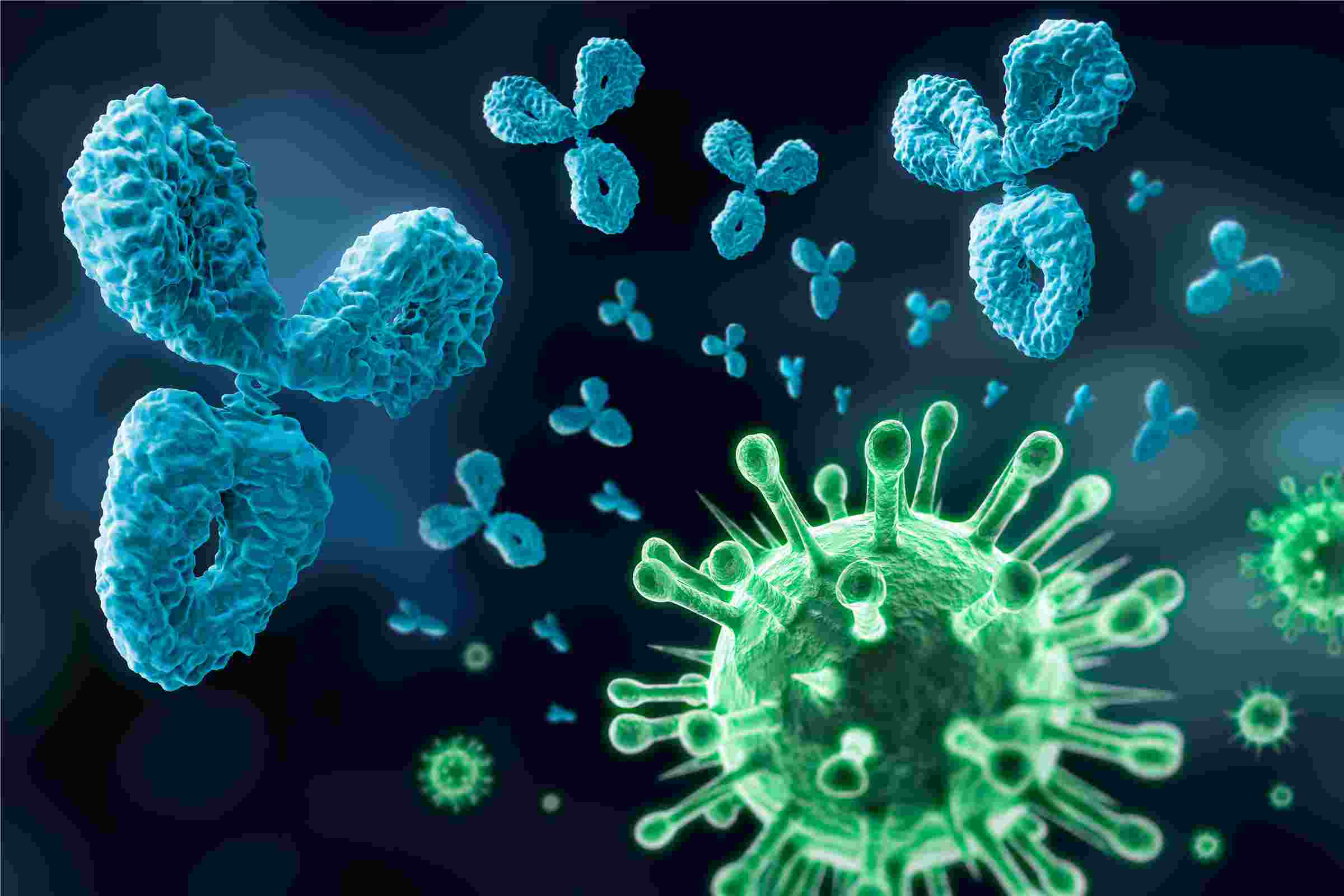
Antibody-drug conjugate (ADC) combines the tumor targeting specificity of monoclonal antibodies and the potent cell killing activity of cytotoxic drugs (warhead/payload), through a carefully designed chemical linker (linker). The two are […]

The emergence of RNA synthesis in vitro and in vivo delivery methods has garnered significant attention in the biomedical field, particularly regarding the applications of synthetic mRNA. However, in most biological […]

Nucleic acid drugs are mainly divided into two major categories: small nucleic acid drugs and mRNA. Small nucleic acid drugs, also known as oligonucleotide drugs, include antisense nucleotides (ASO), small […]

Chemotherapy drugs are an important means of tumor treatment. At present, chemotherapy drugs based on different mechanisms have been developed, which can act on the initial raw materials such as […]

So far, the FDA and EMA have approved six ADC drugs for patients with solid tumors. Fig. 1 depicts the composition of each ADC (targeting antigen, mAb type, payload, and linker), […]

Covalent drugs refer to those drug molecules that form strong bonds with receptors through the formation of covalent bonds. It all began with aspirin in 1899, gained prominence with ibrutinib in […]

History of Thalidomide During the 1950s-1960s, thalidomide was widely used as an antiemetic for pregnant women, leading to a tragic outcome with thousands of cases of malformed babies. However, in 1965, […]

Many approaches have been developed to improve the physical/chemical properties, potency and selectivity of antibody-drug conjugates (ADCs). Trastuzumab (Tz), a monoclonal antibody targeting HER2, was approved by the FDA in […]

What are Deuterated Drugs? Deuterated drugs are medications obtained by substituting hydrogen atoms at specific positions on drug molecules with deuterium atoms. The most widely used application involves replacing carbon-hydrogen (C-H) bonds with […]

Over the past several decades, direct inhibition of the RAS family of oncogenic proteins has been a significant challenge in the field of drug development. Despite accounting for approximately 30% […]
